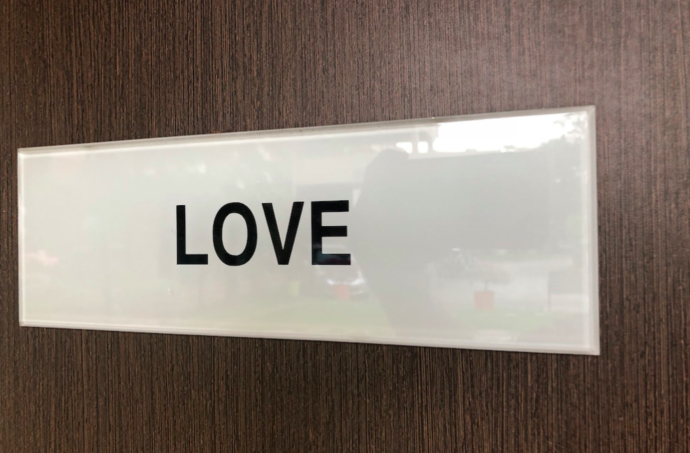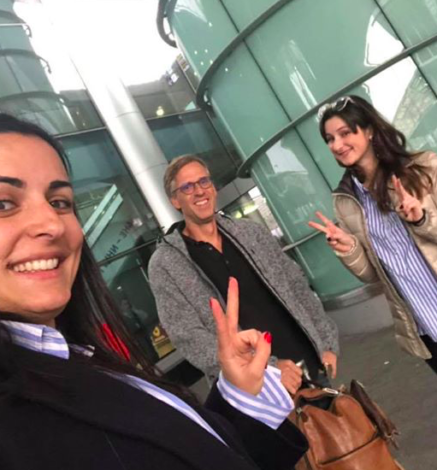
Short version:
This week I did three speeches for three different audiences. One went much worse than the other two. Why? Because I got off on the wrong foot with the audience, and because I let that affect my delivery.
Remember: It is not about you – it is about the speech – BUT it is about you and the audience. So make sure you love the audience before you go up on stage, and make sure they can feel it.
Long version:
This week I did three speeches for three different audiences: One for business leaders in Kiev, Ukraine, one for a group of global managers of Hitachi and one for a group of teachers in Singapore. Three totally different assignments with different goals from the clients.
One of the three speeches went much worse than the other two. Why? Because I got off on the wrong foot with the audience, and because I let that affect my delivery.
I opened the speech for the teachers with a line that I have used many times for teachers, but I got the wording wrong this time and it came out harsher than it was intended (It was intended as a way to build rapport, but I said it wrong and the audience took it as a rude or insensitive comment. I was a stupid thing to do, but instead of correcting myself I just kept going thinking I could “salvage” the situation later on.
But the damage was done.
And when I later did an audience interaction where I could feel that the group was not engaged, I did the mistake of feeling disappointed by the lack of engagement that I got, instead of seeing it as a sign that I had to change approach with the group.
Basically I got off on the wrong foot with the the audience by not being 100% present in the room to be ready to connect with the audience with love from the start. That created the situation where I communicated my message with a bad choice of words, which created a distance with the audience.
It’s ironic that the speech that went less well was done in a conference room that was named “LOVE”! (As soon as I came out of the room and saw the name of the room, I took a picture of the sign to remind myself to always approach any audience with a loving mind.)
Remember: It is not about you – it is about the speech – BUT it is about you and the audience. As a speaker we are just containers for the message, but as speakers we are also humans. And a group full of people in an audience will decide if they want to listen to the message partly based on how they feel about the person delivering it.
We might just be containers for the message, but there is a reason why producers of liquids such as beer or wine put such effort into designing the bottle…
Make sure you love the audience before you go up on stage, and make sure they can feel it. It will make the more open to hear your message.

